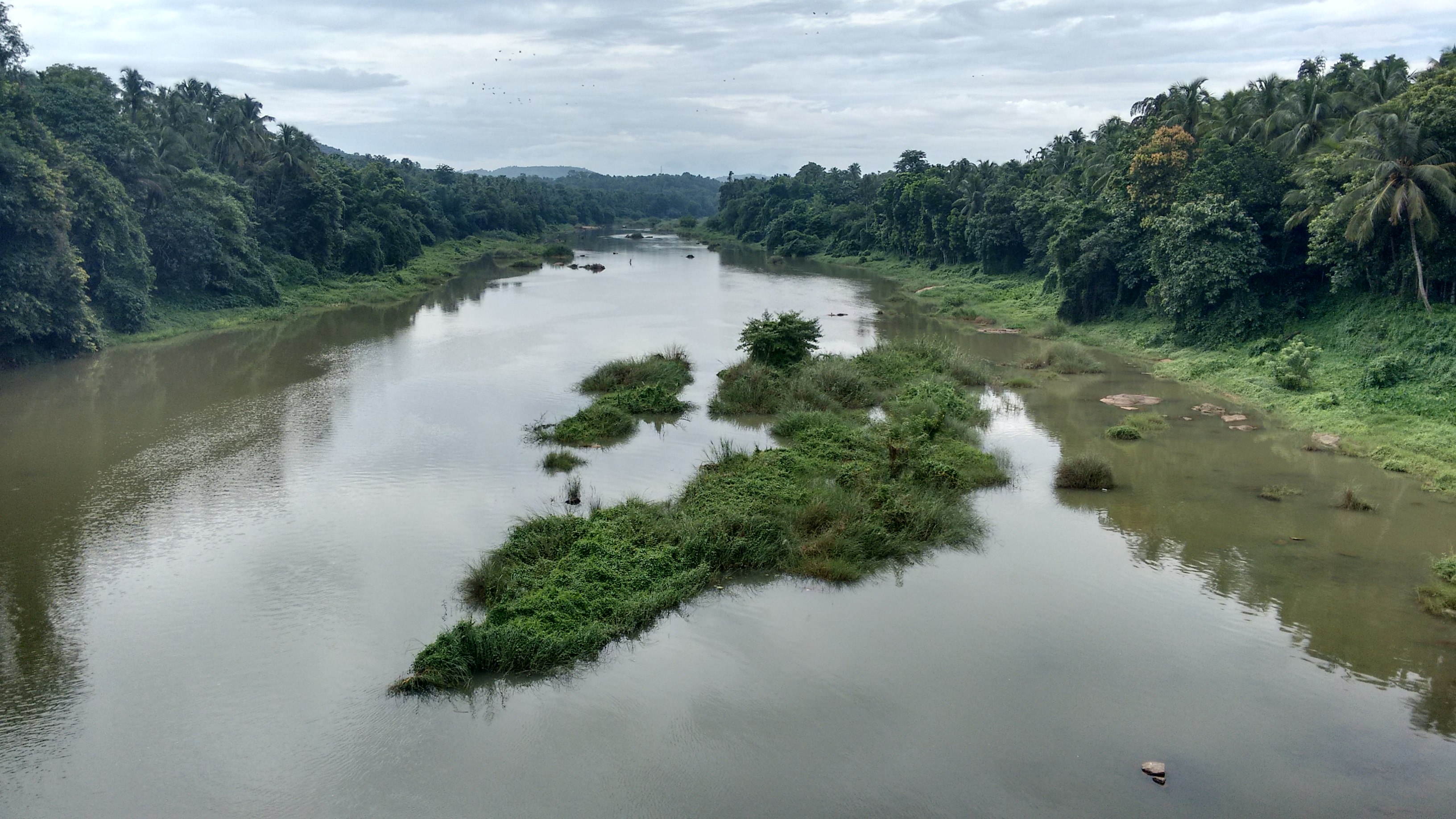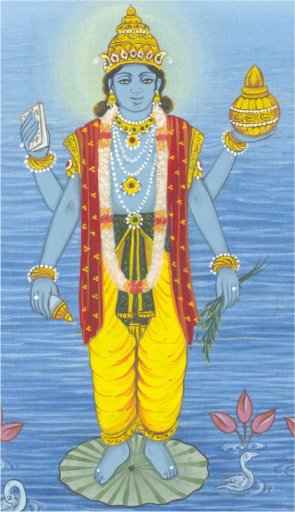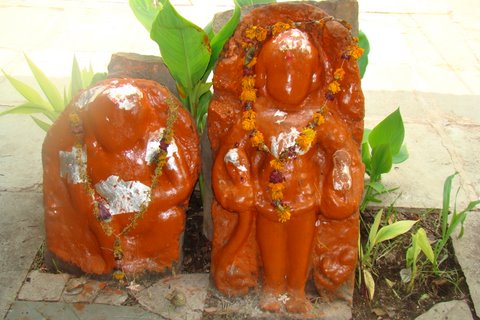|
Pulamantol
Pulamanthole is a Panchayath in Malappuram district of Kerala, India. It is situated on the banks of Kunthippuzha (also called as Thoothappuzha). The river separates Malappuram and Palakkad districts, a new bridge has been built across it recently. From Pulamanthole one road leads to Kolathur through which Valancheri and Malappuram are accessible from this area. The nearest towns are Perinthalmanna (12 km) and Pattambi (11 km). State Highway - 39 connecting Perumpilavu with Nilambur pass through Pulamanthole. There is one higher secondary school and four primary schools. Alanchery Bhagavathy Kshethram is near to the Thootha river (here it is called the Pulamanthole river). Another famous temple here on the riverside is the Rudra Dhanvanthari Kshethram. This temple is the family temple of the famous Ashta vaidya family of Pulamanthole Mooss (Dhanvanthari is the God who is considered as the originator of Ayurveda, the Indian medical system). This family is also residing ... [...More Info...] [...Related Items...] OR: [Wikipedia] [Google] [Baidu] |
Perinthalmanna
Perinthalmanna is a major town and municipality in Malappuram district, Kerala, India. It serves as the headquarters of the Perinthalmanna taluk, and a block and a Revenue Division by the same name. It was formerly the headquarters of Valluvanad Taluk, which was one of the two Taluks in Malappuram Revenue Division of the erstwhile Malabar District during the British Raj. The town is located south-west to the city of Malappuram at the centre of the Kozhikode-Malappuram-Perinthalmanna- Palakkad National Highway 966. It is one of the major commercial centers in the Malappuram district but is not a part of the Malappuram metropolitan area. The town is home to several medical institutions and one of the three branches of Aligarh Muslim University in India, which is popularly known as AMU Malappuram Campus. History Perinthalmanna and the neighbouring town of Angadipuram served as the capital of the Valluvanad Swaroopam dynasty. Valluvanad was ruled by a Samanthan Nair clan known ... [...More Info...] [...Related Items...] OR: [Wikipedia] [Google] [Baidu] |
Kunthippuzha
The Kunthipuzha River is a waterway located in the state of Kerala, India. It flows through the Silent Valley National Park. This river is also called as Thuthapuzha by the local population. Kunthipuzha is one of the main tributaries of the Bharathapuzha River, the second-longest river in Kerala. This river is mainly used by the people of Mannarkkad taluk and Pattambi Taluks of Palakkad district and Perinthalmanna Thaluk of Malappuram District. This river is known for the story of bathing of Kunthi devi, the mother of pandavas and so it is named as Kunthippuzha. Another theory is that Kunthippuzha is the shortened form of "Kunthirikkappuzha" ( ml, കുന്തിരിക്കപ്പുഴ). "Kunthirikkam" is the Malayalam word for Boswellia serrata which is a kind of frankincense tree seen in this region. In Mannarkkad region this river is called as Kunthipuzha, while when it reaches Malappuram- Palakkad border , locals call it as Thuthapuzha, after a border town, Officia ... [...More Info...] [...Related Items...] OR: [Wikipedia] [Google] [Baidu] |
Malappuram District
Malappuram (), is one of the List of districts of Kerala, 14 districts in the States and union territories of India, Indian state of Kerala, with a coastline of . It is the most populous district of Kerala, which is home to around 13% of the total population of the state. The district was formed on 16 June 1969, spanning an area of about . It is the third-largest district of Kerala by area, as well as the largest district in the state, bounded by Western Ghats and Arabian Sea to either side. The district is divided into seven Tehsil, Taluks: Eranad Taluk, Eranad, Kondotty Taluk, Kondotty, Nilambur#Nilambur Taluk, Nilambur, Perinthalmanna taluk, Perinthalmanna, Ponnani taluk, Ponnani, Tirur Taluk, Tirur, and Tirurangadi Taluk Office, Tirurangadi. Malayalam is the most spoken language. The district has witnessed significant emigration, especially to the Arab states of the Persian Gulf during the Kerala Gulf diaspora#The Gulf Boom, Gulf Boom of the 1970s and early 1980s, and its ec ... [...More Info...] [...Related Items...] OR: [Wikipedia] [Google] [Baidu] |
Kunthipuzha
The Kunthipuzha River is a waterway located in the state of Kerala, India. It flows through the Silent Valley National Park. This river is also called as Thuthapuzha by the local population. Kunthipuzha is one of the main tributaries of the Bharathapuzha River, the second-longest river in Kerala. This river is mainly used by the people of Mannarkkad taluk and Pattambi Taluks of Palakkad district and Perinthalmanna Thaluk of Malappuram District. This river is known for the story of bathing of Kunthi devi, the mother of pandavas and so it is named as Kunthippuzha. Another theory is that Kunthippuzha is the shortened form of "Kunthirikkappuzha" ( ml, കുന്തിരിക്കപ്പുഴ). "Kunthirikkam" is the Malayalam word for Boswellia serrata which is a kind of frankincense tree seen in this region. In Mannarkkad region this river is called as Kunthipuzha, while when it reaches Malappuram- Palakkad border , locals call it as Thuthapuzha, after a border town, Offici ... [...More Info...] [...Related Items...] OR: [Wikipedia] [Google] [Baidu] |
Kolathur, Kerala
Kolathur is a small town in Malappuram district of Kerala, India. It connects Malappuram with Pulamanthole and Perinthalmanna with Valancheri. Connectivity Kolathur-Malappuram road connects the town with district HQ. Nearest railways station is at Angadippuram. Its one of the major junctions on the way to Thrissur from Malappuram via Pattambi and Valancheri to Nilambur Nilambur is a major town, a municipality and a Taluk in the Malappuram district of the Indian state of Kerala. It is located close to the Nilgiris range of the Western Ghats on the banks of the Chaliyar River. This place is also known as 'Teak .... Nearest towns connected are Malappuram, Angadippuram, Valancheri, Perinthalmanna, Pulamanthole, etc. References Villages in Malappuram district Perinthalmanna area {{Malappuram-geo-stub ... [...More Info...] [...Related Items...] OR: [Wikipedia] [Google] [Baidu] |
Literary Work
Literature is any collection of written work, but it is also used more narrowly for writings specifically considered to be an art form, especially prose fiction, drama, and poetry. In recent centuries, the definition has expanded to include oral literature, much of which has been transcribed. Literature is a method of recording, preserving, and transmitting knowledge and entertainment, and can also have a social, psychological, spiritual, or political role. Literature, as an art form, can also include works in various non-fiction genres, such as biography, diaries, memoir, letters, and the essay. Within its broad definition, literature includes non-fictional books, articles or other printed information on a particular subject.''OED'' Etymologically, the term derives from Latin ''literatura/litteratura'' "learning, a writing, grammar," originally "writing formed with letters," from ''litera/littera'' "letter". In spite of this, the term has also been applied to spoken or ... [...More Info...] [...Related Items...] OR: [Wikipedia] [Google] [Baidu] |
Dhanvanthari Temple
Dhanvantari () is the physician of the devas in Hinduism. He is regarded to be an avatar of Vishnu. He is mentioned in the Puranas as the god of Ayurveda. During his incarnation on earth, he reigned as the King of Kashi, today locally referred to as Varanasi. Dhanvantari is also identified as the great-grandfather of Divodasa, a mythological King of Kashi in the Vishnu Purana. Iconography According to the ancient Sanskrit work ''Vishnudharamottara'', Dhanvantari is a handsome individual and is to usually be depicted with four hands, with one or two of them carrying a bowl of amrita, the elixir of immortality. Dhanvantari is depicted in a stark resemblance to Vishnu, with four hands, holding the shankha, chakra, jalauka (leech), and a pot containing amrita. He is often shown with a leech in his hand rather than the scriptures, indicating the historical practice of bloodletting. Some texts describe him as holding a conch, amrita, medicinal herbs, and a book of Ayurveda. L ... [...More Info...] [...Related Items...] OR: [Wikipedia] [Google] [Baidu] |
Medical System
Medicine is the science and Praxis (process), practice of caring for a patient, managing the diagnosis, prognosis, Preventive medicine, prevention, therapy, treatment, Palliative care, palliation of their injury or disease, and Health promotion, promoting their health. Medicine encompasses a variety of health care practices evolved to maintain and restore health by the prevention (medical), prevention and therapy, treatment of illness. Contemporary medicine applies biomedical sciences, biomedical research, medical genetics, genetics, and medical technology to diagnosis (medical), diagnose, treat, and prevent injury and disease, typically through pharmaceuticals or surgery, but also through therapies as diverse as psychotherapy, splint (medicine), external splints and traction, medical devices, biologic medical product, biologics, and Radiation (medicine), ionizing radiation, amongst others. Medicine has been practiced since Prehistoric medicine, prehistoric times, and for most o ... [...More Info...] [...Related Items...] OR: [Wikipedia] [Google] [Baidu] |
Ayurveda
Ayurveda () is an alternative medicine system with historical roots in the Indian subcontinent. The theory and practice of Ayurveda is pseudoscientific. Ayurveda is heavily practiced in India and Nepal, where around 80% of the population report using it. Ayurveda therapies have varied and evolved over more than two millennia. Therapies include herbal medicines, special diets, meditation, yoga, massage, laxatives, enemas, and medical oils. Ayurvedic preparations are typically based on complex herbal compounds, minerals, and metal substances (perhaps under the influence of early Indian alchemy or ''rasashastra''). Ancient Ayurveda texts also taught surgical techniques, including rhinoplasty, kidney stone extractions, sutures, and the extraction of foreign objects. The main classical Ayurveda texts begin with accounts of the transmission of medical knowledge from the gods to sages, and then to human physicians. Printed editions of the '' Sushruta Samhita'' (''Sushruta's Compen ... [...More Info...] [...Related Items...] OR: [Wikipedia] [Google] [Baidu] |
Dhanvanthari
Dhanvantari () is the physician of the devas in Hinduism. He is regarded to be an avatar of Vishnu. He is mentioned in the Puranas as the god of Ayurveda. During his incarnation on earth, he reigned as the King of Kashi, today locally referred to as Varanasi. Dhanvantari is also identified as the great-grandfather of Divodasa, a mythological King of Kashi in the Vishnu Purana. Iconography According to the ancient Sanskrit work ''Vishnudharamottara'', Dhanvantari is a handsome individual and is to usually be depicted with four hands, with one or two of them carrying a bowl of amrita, the elixir of immortality. Dhanvantari is depicted in a stark resemblance to Vishnu, with four hands, holding the shankha, chakra, jalauka (leech), and a pot containing amrita. He is often shown with a leech in his hand rather than the scriptures, indicating the historical practice of bloodletting. Some texts describe him as holding a conch, amrita, medicinal herbs, and a book of Ayurveda. ... [...More Info...] [...Related Items...] OR: [Wikipedia] [Google] [Baidu] |
Temple
A temple (from the Latin ) is a building reserved for spiritual rituals and activities such as prayer and sacrifice. Religions which erect temples include Christianity (whose temples are typically called churches), Hinduism (whose temples are called Mandir), Buddhism, Sikhism (whose temples are called gurudwara), Jainism (whose temples are sometimes called derasar), Islam (whose temples are called mosques), Judaism (whose temples are called synagogues), Zoroastrianism (whose temples are sometimes called Agiary), the Baha'i Faith (which are often simply referred to as Baha'i House of Worship), Taoism (which are sometimes called Daoguan), Shinto (which are sometimes called Jinja), Confucianism (which are sometimes called the Temple of Confucius), and ancient religions such as the Ancient Egyptian religion and the Ancient Greek religion. The form and function of temples are thus very variable, though they are often considered by believers to be, in some sense, the "house" of ... [...More Info...] [...Related Items...] OR: [Wikipedia] [Google] [Baidu] |
Primary School
A primary school (in Ireland, the United Kingdom, Australia, Trinidad and Tobago, Jamaica, and South Africa), junior school (in Australia), elementary school or grade school (in North America and the Philippines) is a school for primary education of children who are four to eleven years of age. Primary schooling follows pre-school and precedes secondary schooling. The International Standard Classification of Education considers primary education as a single phase where programmes are typically designed to provide fundamental skills in reading, writing, and mathematics and to establish a solid foundation for learning. This is ISCED Level 1: Primary education or first stage of basic education.Annex III in the ISCED 2011 English.pdf Navigate to International Standard Classification of Educati ... [...More Info...] [...Related Items...] OR: [Wikipedia] [Google] [Baidu] |


.jpg)






